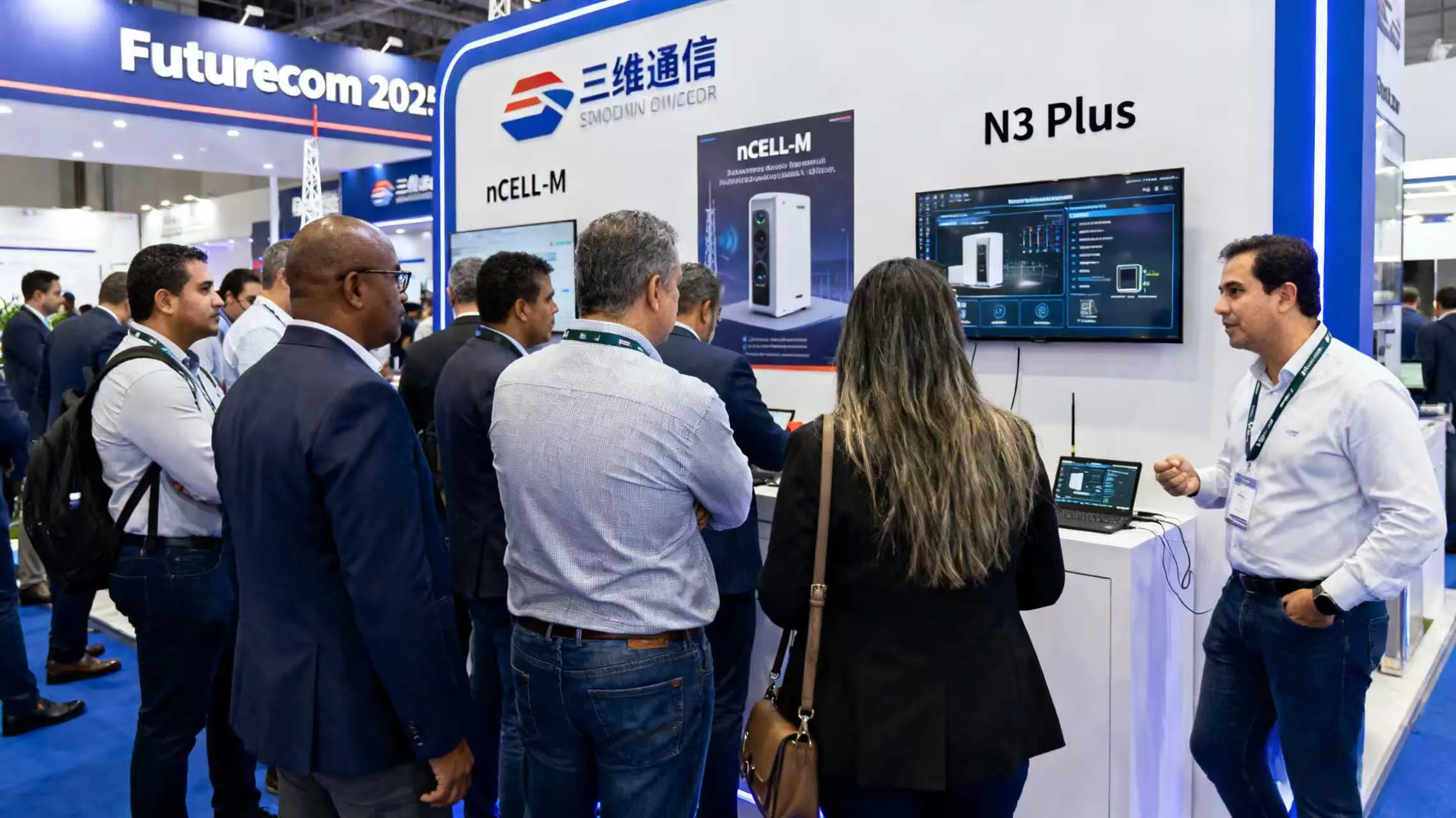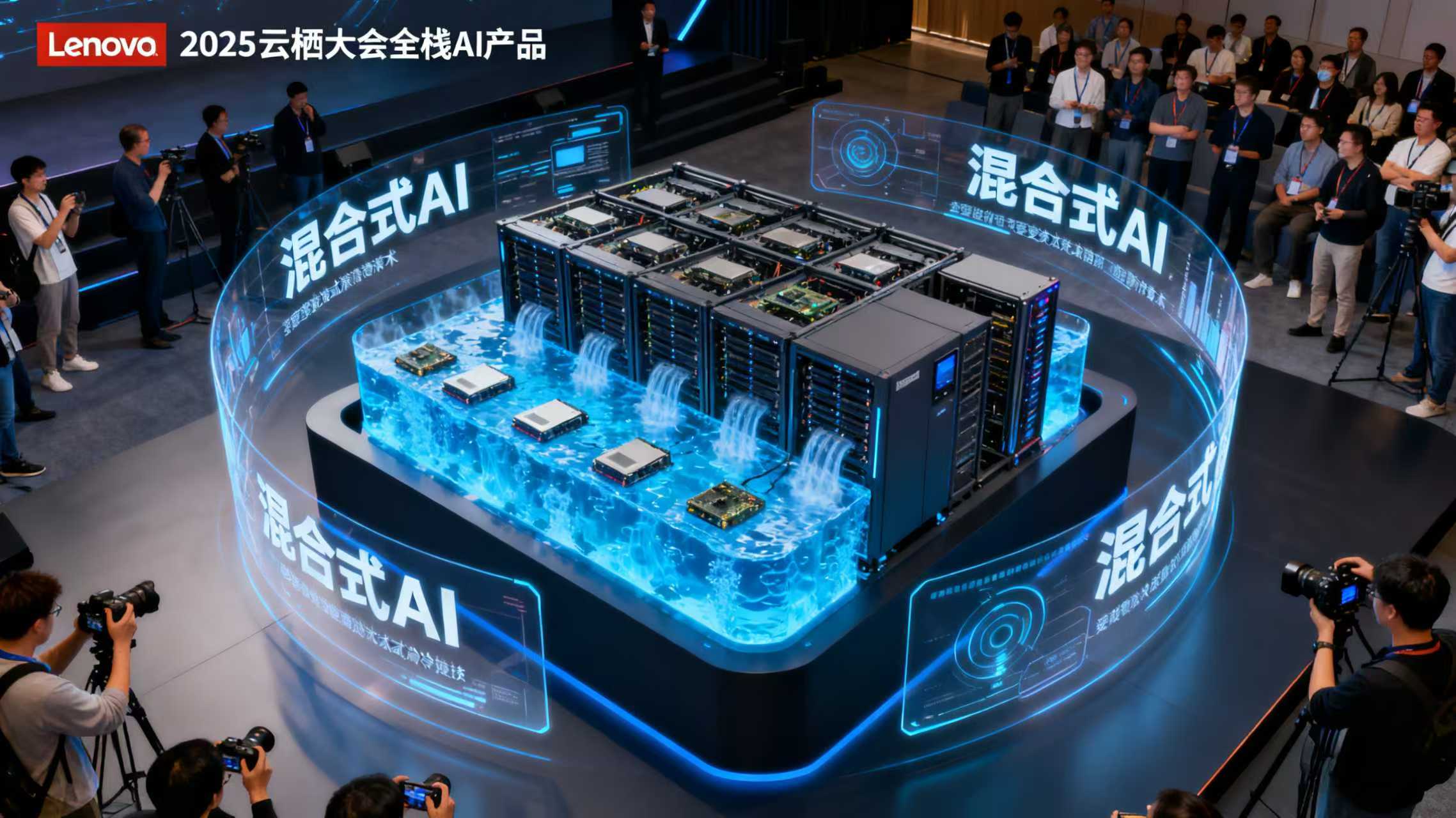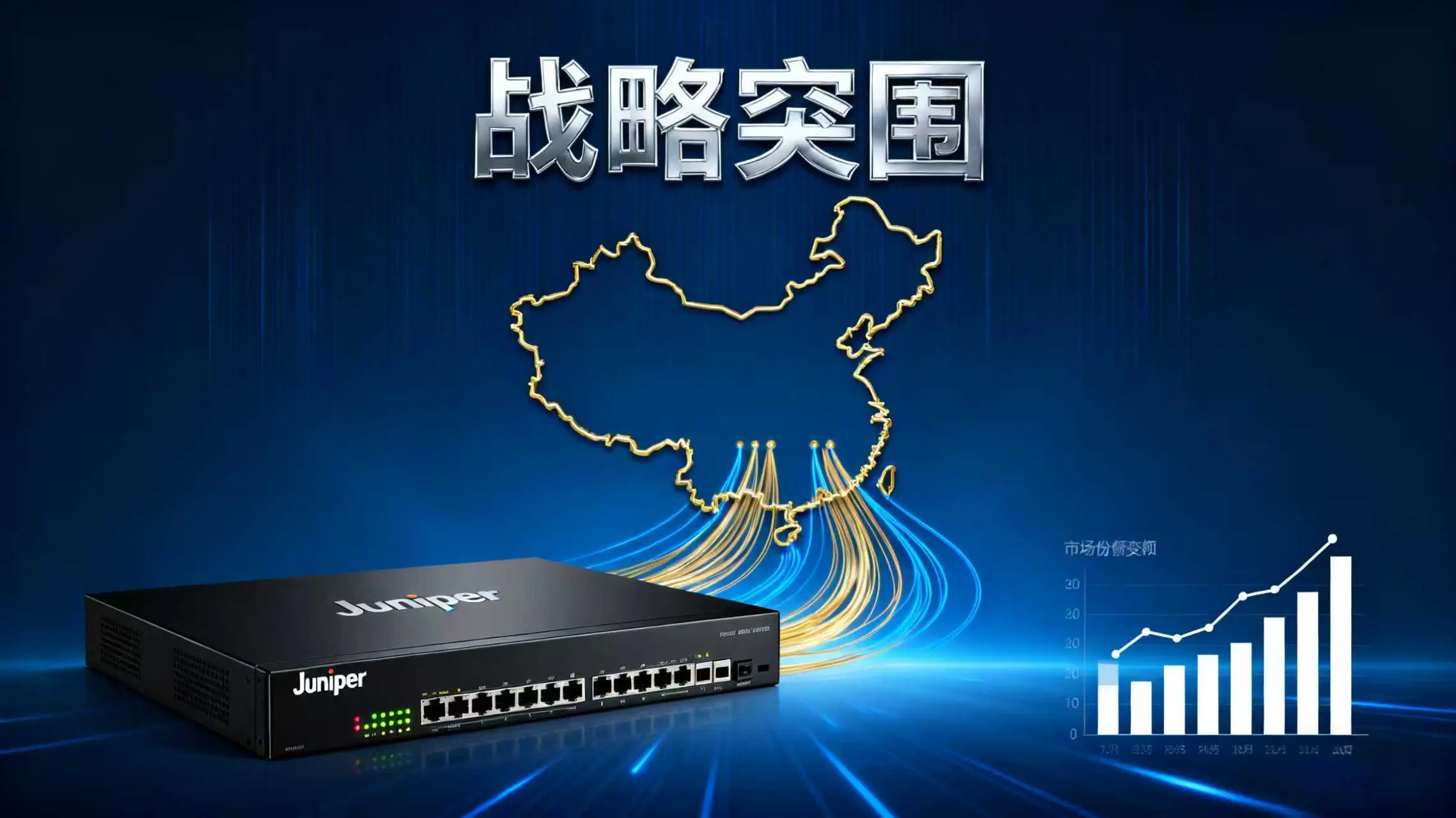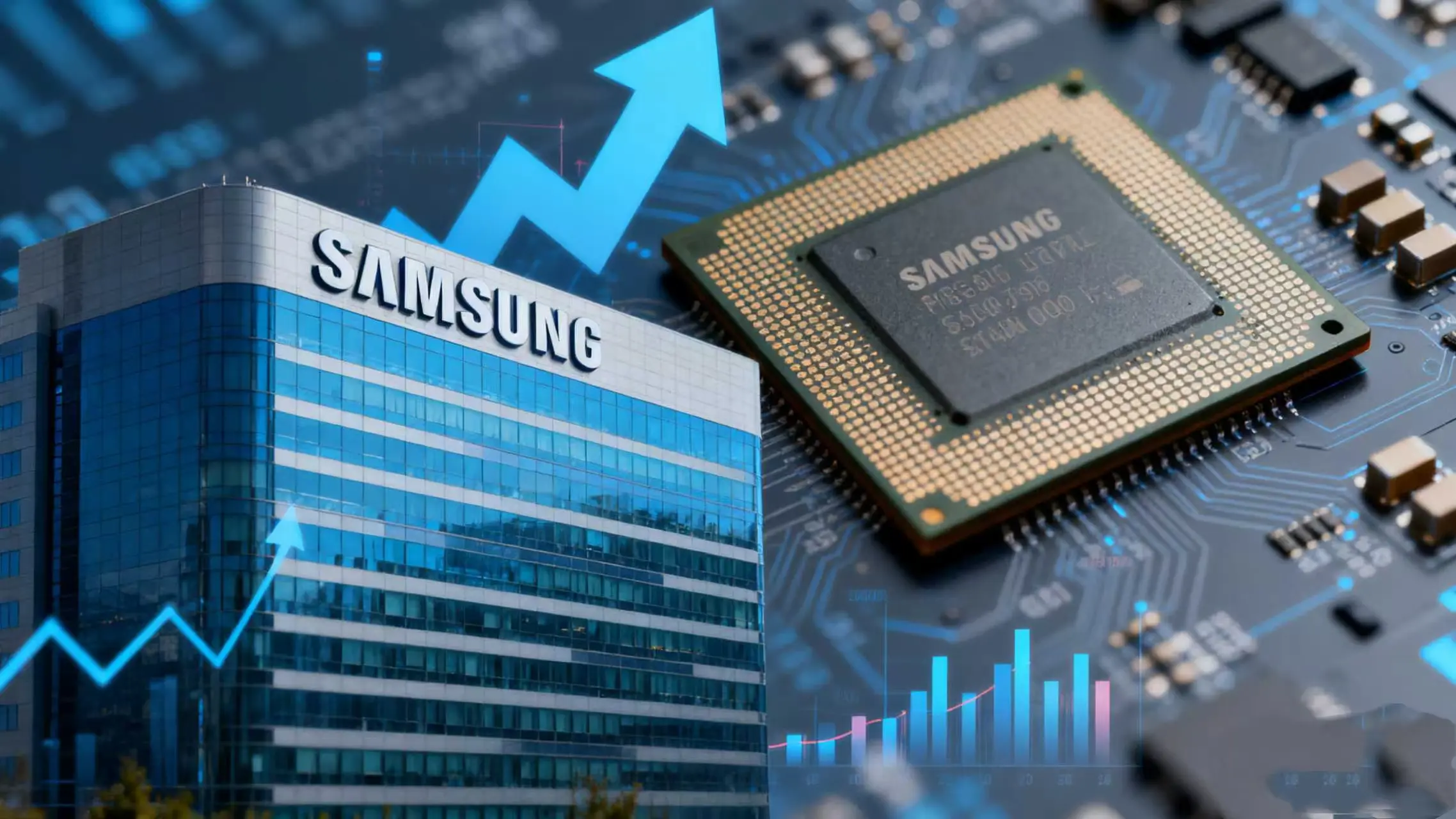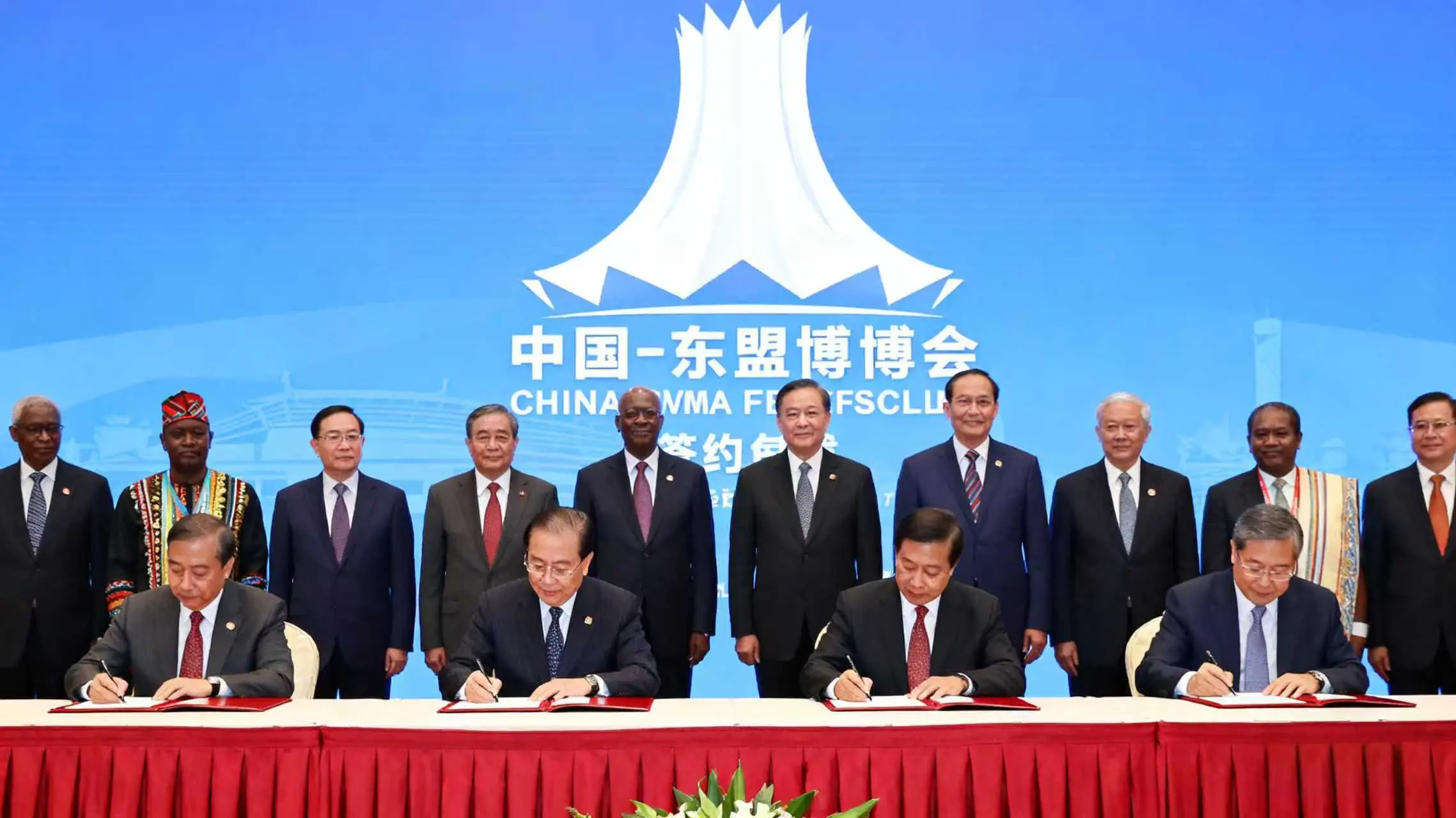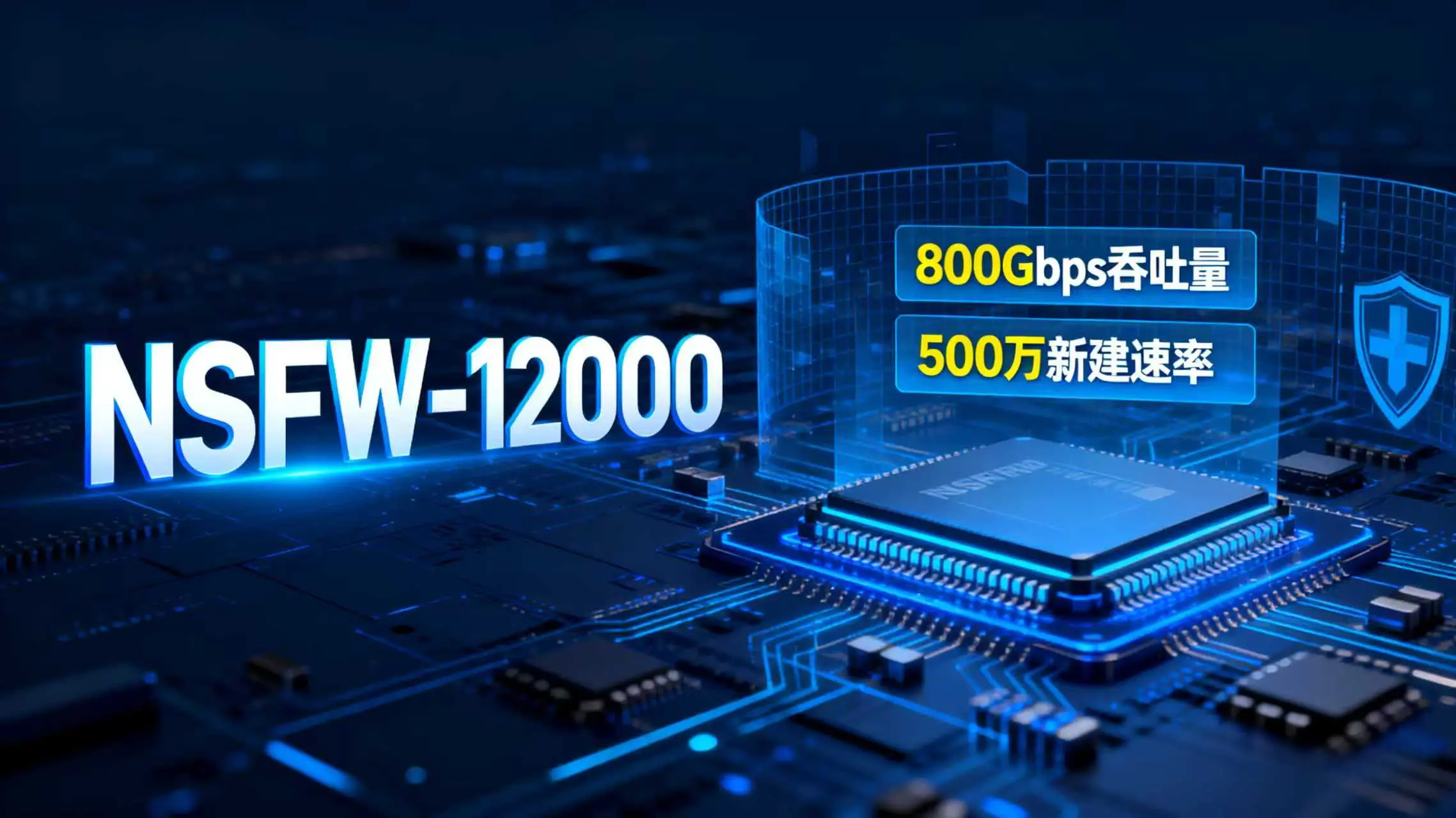Sanwei Communications unveiled two new products at Futurecom 2025, using 4nm full-band technology to address 5G coverage challenges in Latin America.
On October 2nd, São Paulo time, the three-day 30th Latin American communications event, Futurecom 2025, concluded successfully at the São Paulo Convention Center. As a leading Chinese communications equipment company expanding overseas, Sanwei Communications Co., Ltd. launched the world premiere of its next-generation 5G integrated small base station, nCELL-M, and its next-generation remote product, N3 Plus. With core technological breakthroughs such as 4nm chip integration and full-band coverage, these products became a focal point of the event, providing efficient and adaptable solutions for Latin America's 5G network deployment and demonstrating the depth and breadth of China-Latin America digital technology cooperation.
This year's Futurecom, themed "Create. Expand. Transform," brought together over 400 renowned companies and over 30,000 professional visitors from over 50 countries. Over 200 high-level forums focused on the digital applications of cutting-edge technologies such as 5G/6G and artificial intelligence in government, urban planning, and public services. At this annual event, a bellwether for the Latin American communications industry, the Sanwei Communications booth was consistently bustling with visitors. Its two new products, precisely tailored to the needs of the Latin American market, attracted significant attention from major local operators such as America Móvil and Intel Chile.
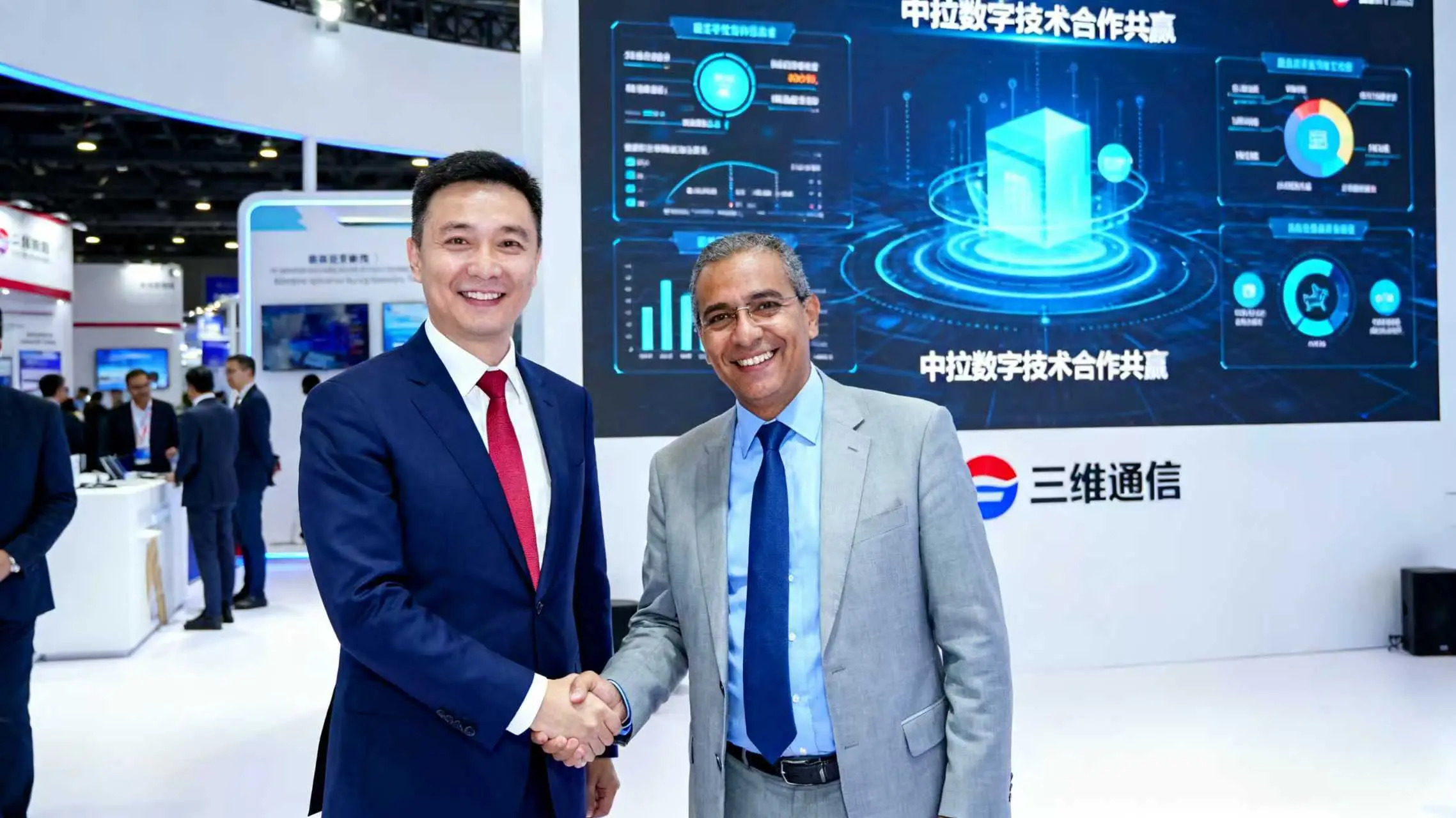
The nCELL-M 5G integrated small base station, launched globally, is Sanwei Communications' flagship product designed to accelerate the deployment of 5G standalone (SA) networks in Latin America. Built on Qualcomm's latest Dragonwing FSM200 platform and utilizing an advanced 4nm process, the device delivers a significant performance boost while significantly reducing power consumption, perfectly meeting the stringent energy efficiency requirements of Latin American operators. As a truly integrated solution, the nCELL-M innovatively integrates 5G core network functions, combining baseband units, radio frequency modules, and core network functionality. This radically changes the traditional model of dispersed base station deployment, improving deployment efficiency by over 60%. "Urban building density in Latin America varies greatly, from the core areas of megacities like São Paulo to vast rural areas. Traditional base station deployment is costly and time-consuming," said the Vice President of International Business at Sanwei Communications at the product launch. "The nCELL-M's compact design allows for flexible deployment in a variety of locations, such as lampposts and building rooftops. Whether it's supplementing capacity in urban hotspots or providing signal coverage in remote areas, it can be quickly implemented." The device supports multi-carrier concurrency and enhanced carrier aggregation technology, delivering gigabit-class downlink speeds per site, effectively alleviating the growing pressure on mobile data traffic in Latin America. Data shows that the average monthly data traffic per mobile connection in Latin America will reach 9GB in 2024, a 350% increase from 2019.
Another global debut, the N3 Plus next-generation remote product, impressed the audience with its combination of "full-band coverage and extreme miniaturization." This device measures just 5L, one-third the size of traditional remote devices, and weighs less than 8kg, making it easily deployable in space-constrained locations such as indoor ceilings and outdoor cabinets, significantly reducing installation complexity and engineering costs. In terms of frequency band coverage, the N3 Plus offers full-band compatibility from 600MHz to 4200MHz, supporting both wide-area coverage requirements in low-band spectrum like 600MHz and capacity supplementation in mid- and high-band spectrum like n78. This perfectly matches the diverse spectrum planning requirements of Latin American countries.
Notably, the N3 Plus has been specifically optimized for energy efficiency, reducing power consumption by 30% compared to the previous generation. This feature perfectly aligns with the green transformation needs of the Latin American telecommunications industry. Latin American operators are actively promoting renewable energy adoption, prioritizing energy independence and cost optimization as core strategic priorities. The low power consumption of 3D Communications provides an effective path for operators to reduce carbon emissions and operating costs. Live demonstrations showed that under typical network conditions of major Brazilian operators, the N3 Plus' signal coverage radius increased by 25% and its edge rate by 30% compared to similar products, effectively addressing network blind spots in suburban and rural areas.
The technological breakthroughs behind these two new products are the result of 3D Communications' long-term expertise in the 5G small cell field. As one of the earliest companies in China to deploy small cell technology, 3D Communications has established comprehensive capabilities, from chip adaptation and software development to complete device manufacturing. Its previously launched 5G femtocell small cells and distributed base stations have been deployed at scale in multiple markets around the world. These new products, customized for the Latin American market, have fully considered the local network environment and application requirements. Leveraging the proven ecosystem of the Qualcomm FSM200 platform, they ensure seamless compatibility with existing networks of local operators. Their full-band design adapts to spectrum planning in major markets like Brazil and Mexico. Their compact size and ease of deployment precisely address the practical challenges of infrastructure construction in Latin America. "Three-Dimensional Communications' new products have effectively addressed our pain points in 5G deployment," said the head of network planning at a major Brazilian operator after experiencing the technology. "High-density areas in downtown São Paulo require high-capacity small base stations to alleviate congestion, while remote areas around the Amazon require wide-coverage equipment. These two products complement each other perfectly, and deployment has been faster than we expected." It is understood that during the exhibition, three Latin American operators reached preliminary cooperation agreements with Three-Dimensional Communications, with plans to launch small-scale pilot deployments in early 2026.
Three-Dimensional Communications' achievements in this overseas expansion are a vivid reflection of the deepening digital economy cooperation between China and Latin America. Since 2024, China-Latin America cooperation in digital technology has advanced across all fronts. Digital technology cooperation has been a key area of focus in the more than 60 cooperation documents reached during state leaders' visits to Latin America. The "China-CELAC Joint Action Plan for Cooperation in Key Areas (2025-2027)," released in May 2025, further explicitly identifies communications equipment as a core area of cooperation. Against this backdrop, the overseas expansion of Three-Dimensional Communications' products is not only a necessity for the company's own development, but also a crucial link in China-Latin America technological cooperation. From a market demand perspective, Latin America is in a golden age of 5G development, offering ample opportunities for Chinese companies like Sanwei Communications. GSMA Intelligence data shows that by the end of 2024, 32 operators in 13 countries in Latin America will have deployed commercial 5G services. 5G connections have already reached double-digit percentages in countries like Brazil and Chile, with another 18 operators planning to launch 5G services in the coming years. It is projected that by the end of 2027, 5G will account for a quarter of all mobile connections in Latin America, and by the end of the decade, this proportion will exceed 50%. Mobile data traffic is projected to triple. This massive market growth presents a rare development opportunity for Chinese equipment manufacturers with technological advantages.
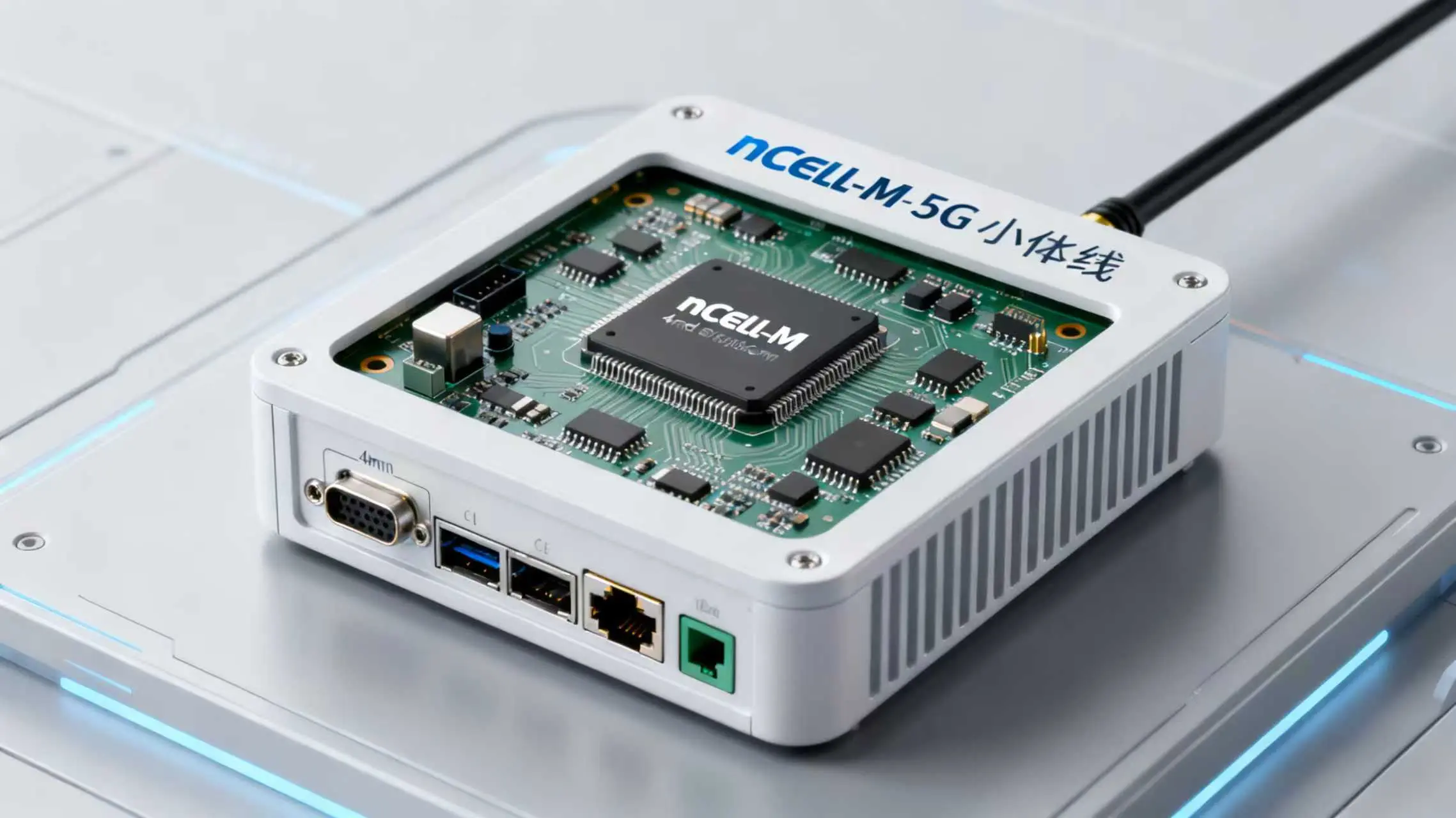
In addition to adapting its technology and products, Sanwei Communications has also made thorough preparations for localized services. The company has established a regional technical support center in Brazil, equipped with a professional engineering team and spare parts library, enabling 24/7 rapid response. The company has also partnered with renowned local system integrators to build a comprehensive localized service system, encompassing pre-sales consulting, deployment and implementation, and operations and maintenance. This "product + service" dual-engineering model has laid a solid foundation for its long-term development in the Latin American market.
Looking ahead, the head of international business at Sanwei Communications stated, "Latin America is one of the fastest-growing 5G markets globally. We will leverage this new product launch to further deepen our collaboration with local operators and ecosystem partners. We plan to double our team size in the Latin American market by 2026 and launch customized solutions for vertical industries such as the Industrial Internet and smart agriculture." As 5G expands from infrastructure construction to industry applications in Latin America, Sanwei Communications' small base stations and remote end products are expected to play a greater role in scenarios such as smart ports, telemedicine, and smart grids, injecting Chinese momentum into the region's digital transformation. During its Futurecom 2025 visit, Sanwei Communications not only showcased the technological strength of Chinese communications equipment companies with two global debuts, but also set a precedent for China-Latin America digital technology cooperation through precise market positioning and in-depth localization. Amidst increasingly fierce global 5G competition, this "technology export + ecosystem co-building" model is helping Chinese communications companies build a unique competitive advantage in the international market and contributing Chinese wisdom and solutions to the balanced development of global digital infrastructure.

